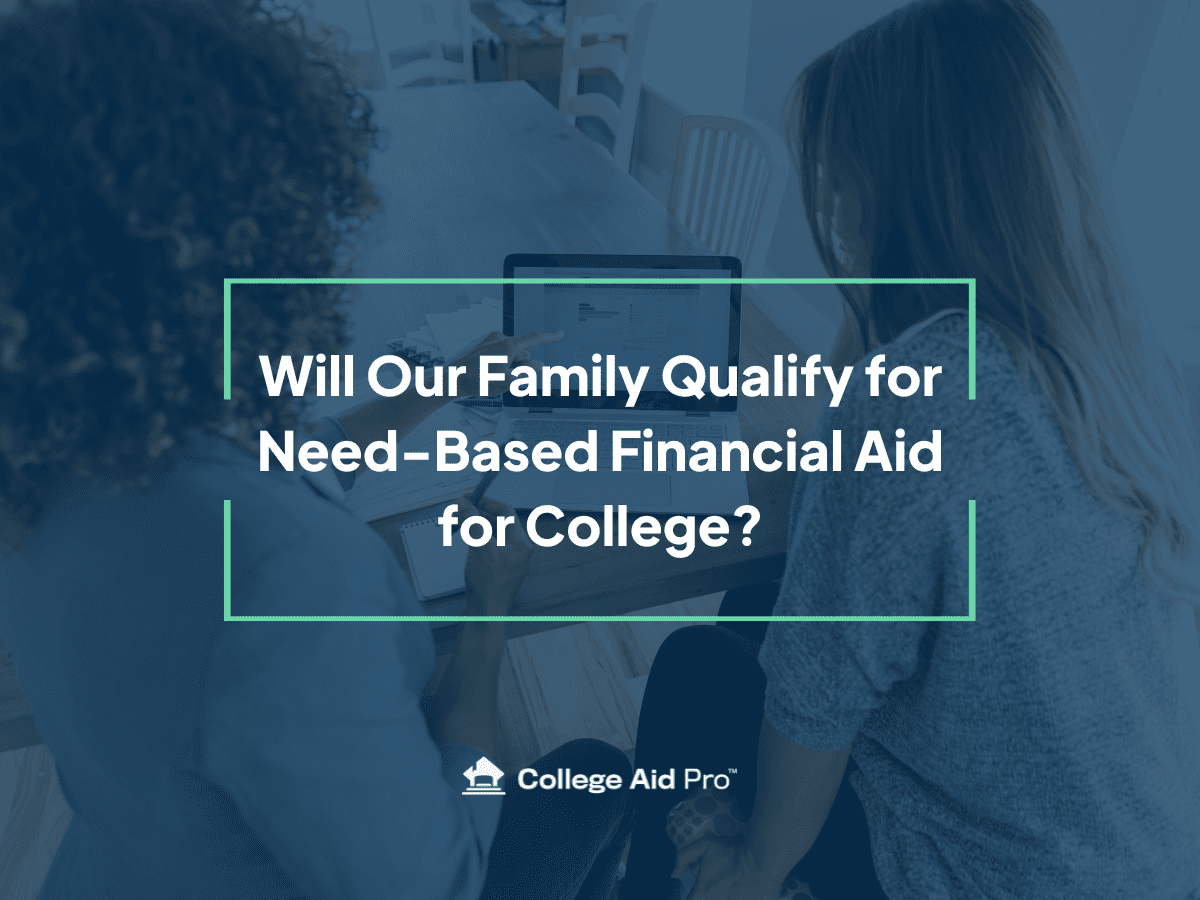Are you feeling the pressure of impending college costs? You’re definitely not alone. The road to higher education can be financially challenging, and the Free Application for Federal Student Aid, also known as the FAFSA, can help unlock financial support for your child. That’s great news!
Here’s the twist- the FAFSA can feel a bit overwhelming and tricky as you fill it out. If you don’t fill it out correctly, it could cost your family precious financial aid dollars.
But don’t worry; we’re here to help. In this blog post we’ll walk you through 10 FAFSA mistakes to avoid so you can secure the financial support your child needs to help make their college dreams a reality.
Whether this is the first time you’ve filled out the FAFSA or you’ve lost count, we’ve got you covered.
So take a deep breath, and let’s learn how to navigate the FAFSA successfully and ensure your child’s college journey starts off on solid financial ground.
10 Common Mistakes To Avoid on the FAFSA
Mistake #1 – Not Filling Out The FAFSA
Hundreds of thousands of students miss out on free college aid money EVERY YEAR because they don’t complete and submit the form. According to Sallie Mae only 70% of college families submitted the FAFSA.
Even if you think you won’t qualify for need-based federal aid, submit the form! A completed FAFSA is required to be eligible for any federal student loan. It may also be used to determine your eligibility for state and school aid, and some institutional scholarships as well.
Mistake #2 – Mixing up parent and student financial information
Make sure you enter parent assets and income under the parent’s name or names and student assets and income under the student’s name! Many times a parent will complete the FAFSA for their child. Make sure you are paying attention to which account you are entering information into. When the application says “you” or “your” it’s may be referring to your student and not you!
Mistake #3 – Missing Deadlines
Missed deadlines = Missed opportunities for free money!!
Each state and school set their own deadlines. You can find the federal and state deadlines here. Check with the school financial aid offices for any priority FAFSA deadlines they may have. It’s also a good idea to ask if the school’s deadline refers to the date when your FAFSA form is processed or the date when the college receives that processed data.
Mistake #4 – Waiting too long
Most federal, state, and college endowment money given out as a result of the FAFSA is distributed on a first come first serve basis. Even if you get your application in BEFORE the deadline, you may still miss out.
The early bird gets the worm when it comes to free money for college, so file your FAFSA as early as possible.
Mistake #5 – Reporting the wrong financial information
Make sure you report exactly what is asked for on the form. A general rule of thumb is if it isn’t on your tax return, you don’t include it on the FAFSA.
- You do not include retirement savings on your FAFSA. This includes qualified retirement plan accounts such as 401(k), IRA, Roth IRA, pension, qualified annuity, SEP, SIMPLE, or Keogh plans.
- 529 accounts owned by the parent should be included under parent assets/investments. You will not include any 529 accounts for other children or 529 accounts owned by grandparents.
Mistake #6 – Not filling it out every year
Many families assume that once they submit the FAFSA during their student’s senior year of high school, that the college has all the financial information needed for the student’s college career – not true! The FAFSA is not a “one and done” financial aid form.
Why? People’s financial situation can change each year. You are required to submit the FAFSA for each year your student is in college to qualify for financial aid.
Mistake #7 – Not adding all the schools you are thinking/planning on applying to
Even if you haven’t submitted your applications yet, add all the schools you plan on applying to on your FAFSA form. If you don’t send your information, a school won’t know to consider you for financial aid.
For matters of federal financial aid, the order you list your schools on the FAFSA does not matter. However, to be considered for state aid, some states require schools to be listed in a specific order.
Starting with this year’s FAFSA you can now list 20 schools on your form.
Mistake #8 – Overvaluing your business
Starting with this year’s FAFSA, if you own your own business, no matter the size, you must report the value of the business as an asset. Depending on the nature of your business, your value could be zero.
You need to think about the lowest defensible value of your business. An official valuation may not be needed, but make sure you think about things like inventory, office space, and your “book of business.”
Mistake #9 – Using nicknames
After you create your FSA ID (required to file the FAFSA), the social security administration receives and verifies your information. Make sure the information you enter on your FAFSA is exactly the same as the information you used to create your FSA ID. This includes names, birthdates, and social security numbers.
Make sure you double check your typing before moving on to the next section. A simple misspelling could cause problems. If you enter a different name, birthdate, or SSN on your FAFSA you will get an error message.
Mistake #10 – Not signing it
After you’ve put in the time and energy to complete the application, don’t forget to sign it! If there’s no signature your form will only be partially processed. You will still receive a student aid report, but your Student Aid Index will not be calculated. This means that you won’t be eligible to receive federal aid.
Just DO it!
While sitting in front of your computer filling out the FAFSA application may not be your idea of fun, you do need to do it! Hopefully our tips will take some of the fear and confusion out of the process, and make it a little easier. Remember, you’re not alone in this journey, and many families face these same hurdles.
So, take a deep breath, stay informed, and tackle the FAFSA with confidence. By avoiding these mistakes, you’re setting the stage for your child’s college adventure with a strong financial foundation. Here’s to a brighter future ahead!
And remember- the FAFSA will not open until sometime in December this year. You’ve got plenty of time now to get your documents organized, create your FSA ID, and feel prepared. We’ll keep you updated about official FAFSA open dates as soon we know them.



